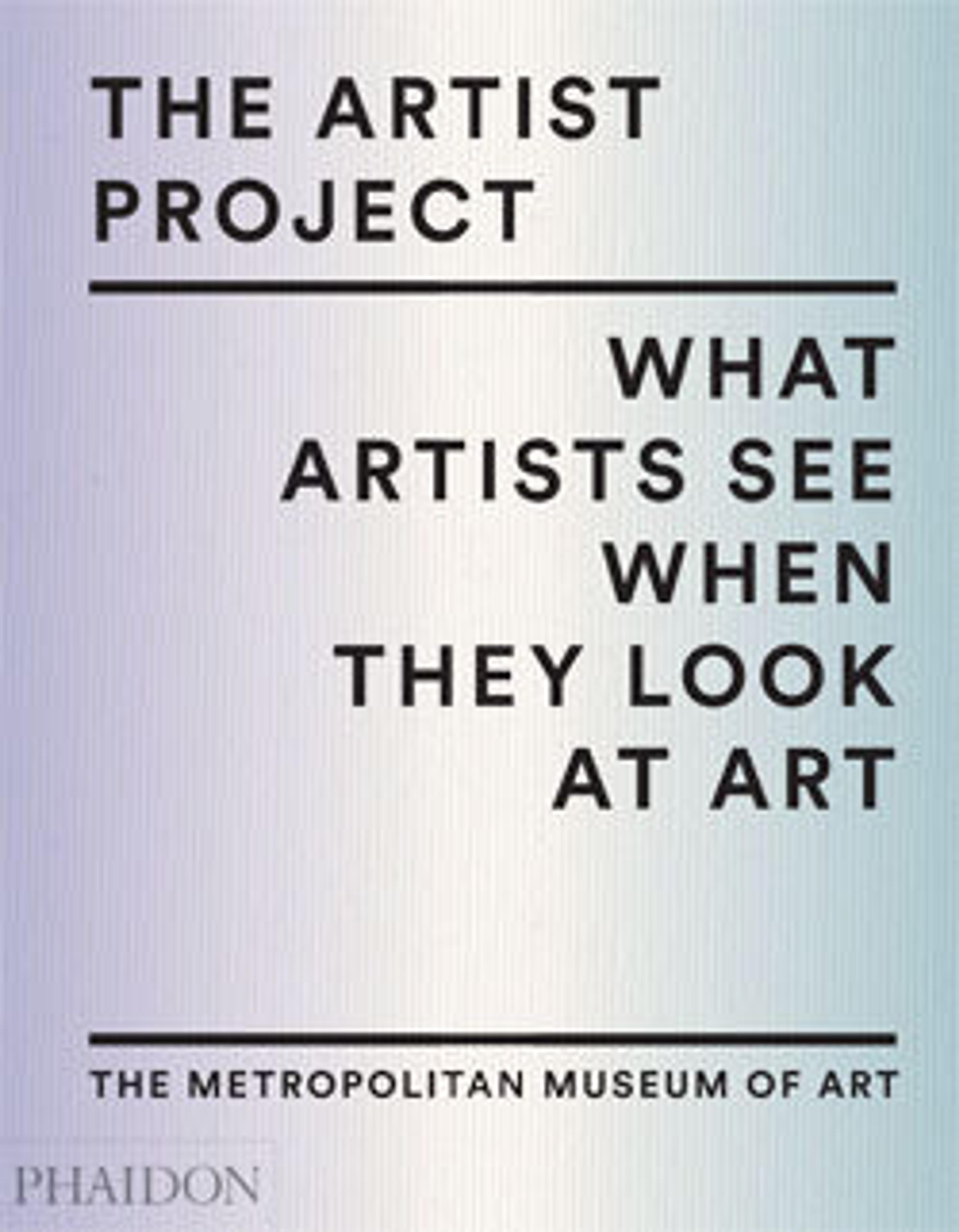Untitled: Four Etchings
Taking advantage of the textures achievable with etching and aquatint techniques, Ligon here creates two black-on-white and two black-on-black prints whose dense layers and deliberate smudges visualize themes of legibility and illegibility, prominence and erasure, and blackness and whiteness. The words, which are either highlighted or obscured, quote works by two renowned African American writers: Zora Neale Hurston’s 1928 essay "How it Feels to Be Colored Me" and Ralph Ellison’s 1952 novel Invisible Man. In the viewer’s efforts to read the texts, Ligon signals the struggles of African Americans to claim agency and voice in white America.
Artwork Details
- Title: Untitled: Four Etchings
- Artist: Glenn Ligon (American, born New York, New York, 1960)
- Printer: Burnet Editions
- Publisher: Max Protetch (American, born 1946)
- Date: 1992
- Medium: Four intaglio prints
- Edition: 7/45
- Dimensions: 1998.456.2a: 25 3/16 × 17 5/16 in. (63.9 × 44 cm)
1998.456.2b: 25 1/16 × 17 5/16 in. (63.7 × 44 cm)
1998.456.2c: 25 3/16 × 17 7/16 in. (63.9 × 44.3 cm)
1998.456.2d: 25 in. × 17 3/8 in. (63.5 × 44.2 cm) - Classification: Prints
- Credit Line: Gift of the Peter Norton Family Foundation, 1998
- Object Number: 1998.456.2a-d
- Rights and Reproduction: © Glenn Ligon
- Curatorial Department: Modern and Contemporary Art
More Artwork
Research Resources
The Met provides unparalleled resources for research and welcomes an international community of students and scholars. The Met's Open Access API is where creators and researchers can connect to the The Met collection. Open Access data and public domain images are available for unrestricted commercial and noncommercial use without permission or fee.
To request images under copyright and other restrictions, please use this Image Request form.
Feedback
We continue to research and examine historical and cultural context for objects in The Met collection. If you have comments or questions about this object record, please contact us using the form below. The Museum looks forward to receiving your comments.
